One major research and design activity in the lab is the design, prototyping, and studying of AR and MR games. We are interested in any games that mix physical and virtual worlds, but are particular interested in those where the world plays a key role in the gameplay. We are interested in fully immersive AR games (such as AR Facade), handheld AR games (such as BragFish), as well as outdoor games, projection-based games, and so on.
In our work, we are particularly interested in 3D registered AR games, and how tight integration between the physical and virtual worlds can be leveraged to create compelling game experiences.
In 2009, Qualcomm and the AEL have joined forces to establish the Qualcomm Augmented Reality Game Studio, a research and design center aimed at pioneering new advancements in mobile gaming and interactive media. The game studio will build upon Qualcomm’s augmented reality platform and related graphics technologies to produce new application concepts and prototypes. In collaboration with Professor Tony Tseng and his students from the Interactive Design and Game Development program at Savannah College of Art and Design, the Game Studio will combine the skills and creative insight of students with expertise in augmented reality technology, game development and the arts.
The goal of the studio is to explore the potential of handheld AR as a platform for new kinds of gaming and entertainment experiences.


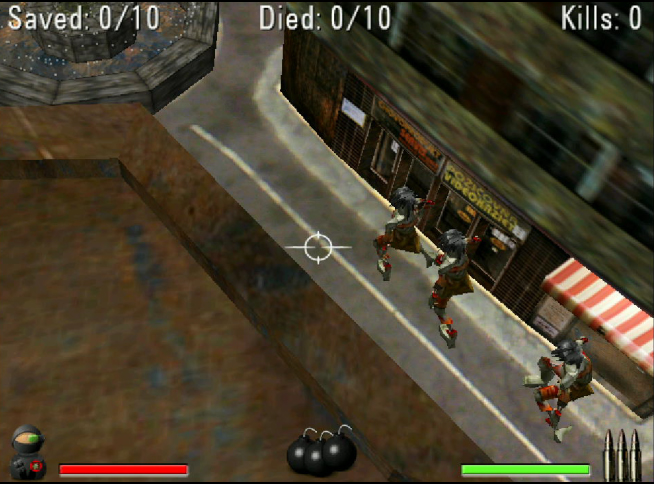
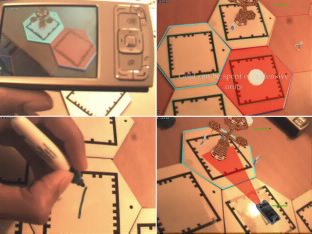

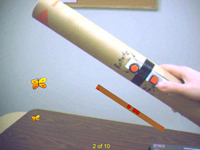
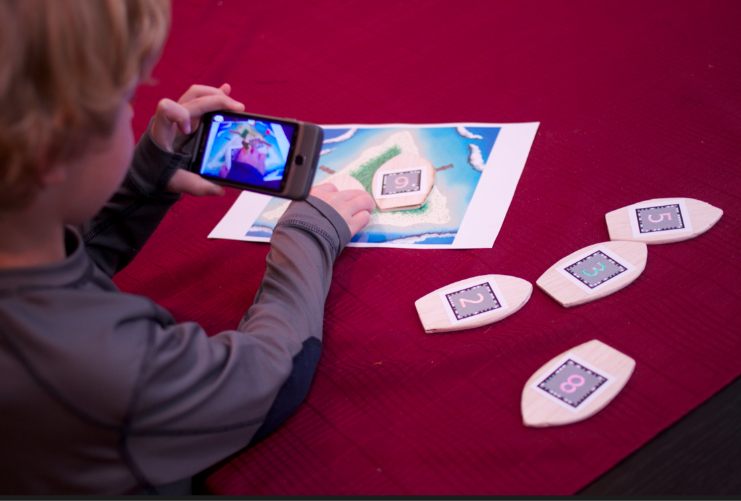
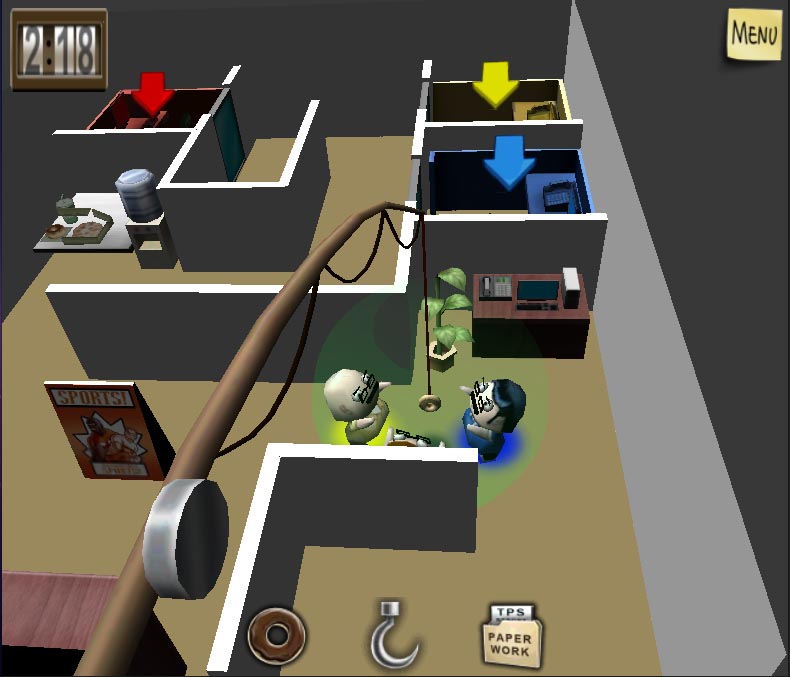
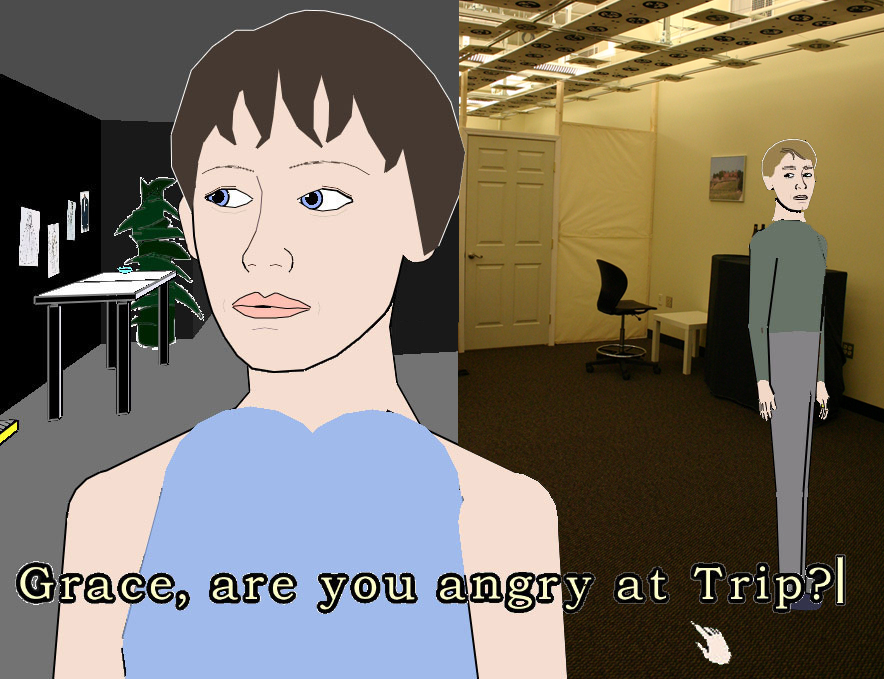
Recent Comments